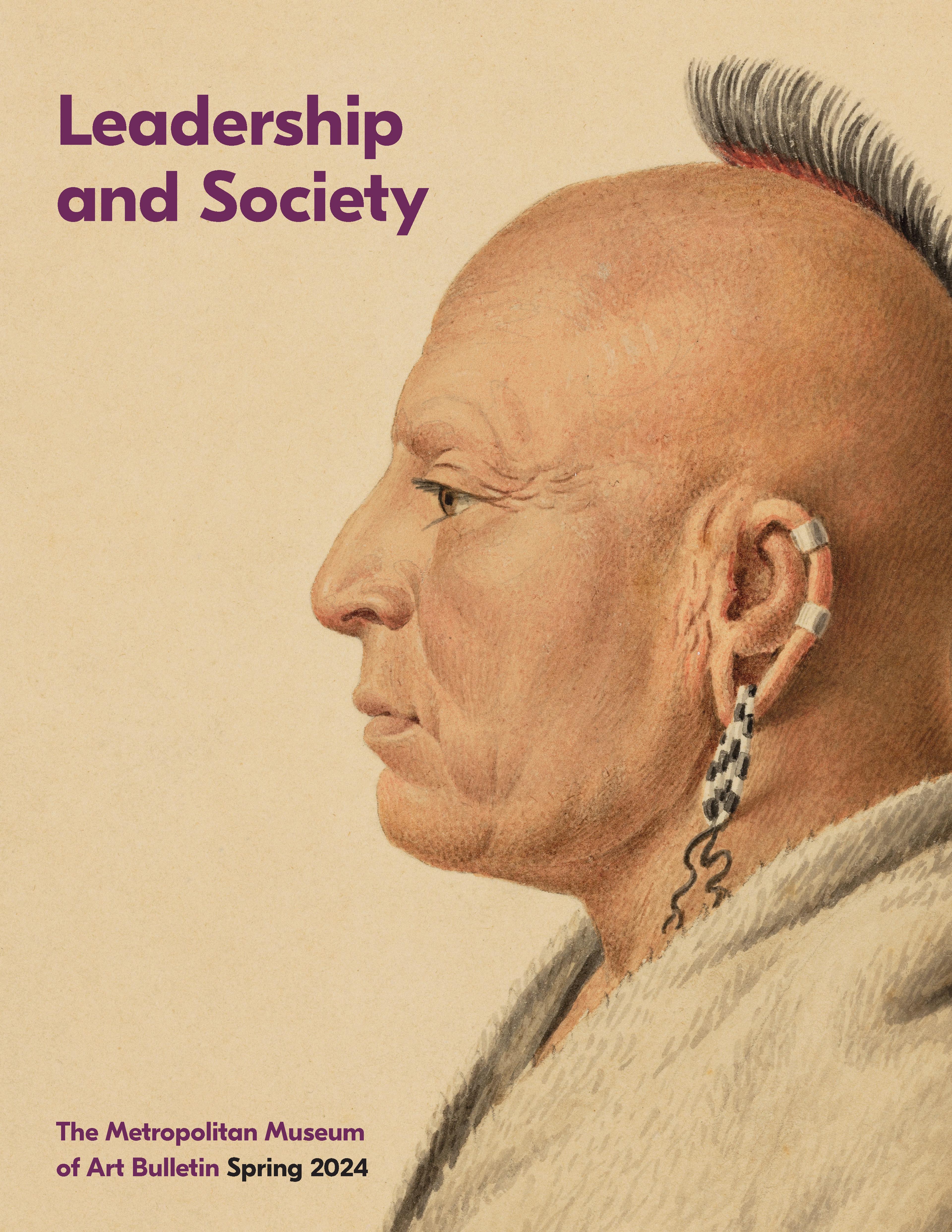Queen Henrietta Maria
In Van Dyck’s portrait, the pregnant queen of England cradles her arms over her abdomen while standing next to a crown that advertises her rank. Henrietta Maria commissioned this painting as a gift for Cardinal Francesco Barberini, who viewed the devout French-born queen as a critical collaborator in his dream of regaining England for the Catholic Church. Destined for a leading patron of the arts in Baroque Rome, Van Dyck’s portrait was one of many diplomatic gifts that spread the artist’s fame and influence throughout Europe.
Artwork Details
- Title: Queen Henrietta Maria
- Artist: Anthony van Dyck (Flemish, Antwerp 1599–1641 London)
- Date: 1636
- Medium: Oil on canvas
- Dimensions: 41 5/8 × 33 1/4 in. (105.7 × 84.5 cm)
- Classification: Paintings
- Credit Line: Bequest of Mrs. Charles Wrightsman in honor of Annette de la Renta, 2019
- Object Number: 2019.141.10
- Curatorial Department: European Paintings
More Artwork
Research Resources
The Met provides unparalleled resources for research and welcomes an international community of students and scholars. The Met's Open Access API is where creators and researchers can connect to the The Met collection. Open Access data and public domain images are available for unrestricted commercial and noncommercial use without permission or fee.
To request images under copyright and other restrictions, please use this Image Request form.
Feedback
We continue to research and examine historical and cultural context for objects in The Met collection. If you have comments or questions about this object record, please contact us using the form below. The Museum looks forward to receiving your comments.
